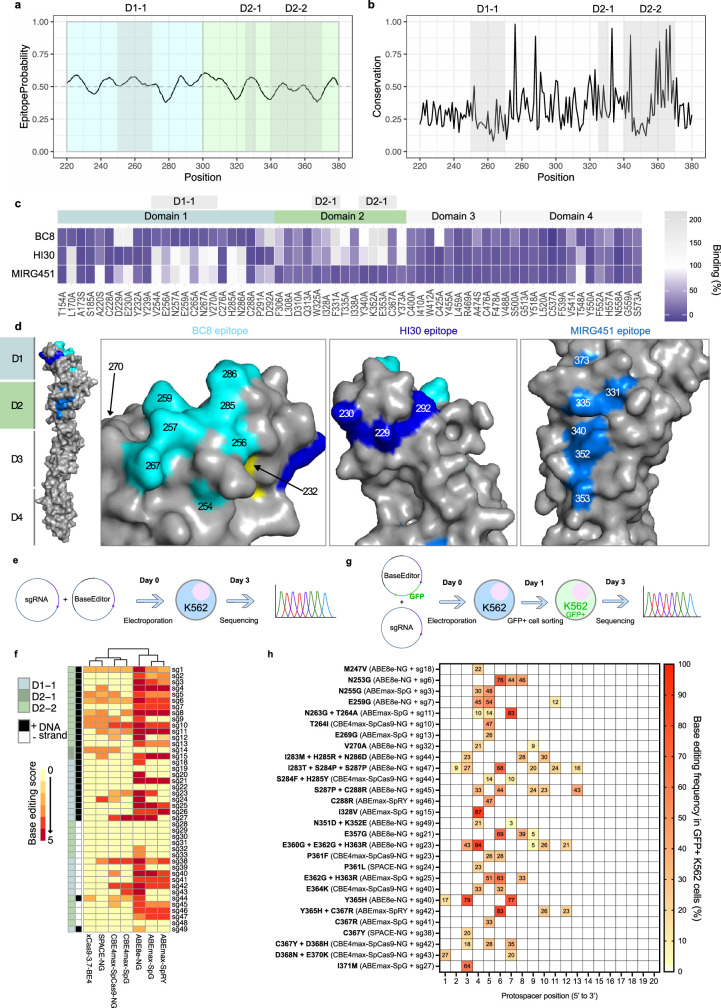Extended Data Fig. 1. Identification of base editable CD45 variants.
a, Epitope probability of each CD45 residue across domains 1 (blue) and 2 (green). b, Per-residue evolutionary conservation grade across domains 1 and 2 of CD45. c, Heatmap showing CD45 alanine substitutions resulting in a < 20% residual binding for one monoclonal antibody while maintaining >70% for other anti-CD45 tested antibodies. d, Human CD45 crystal structure containing domains 1-4 (PDB: 5FMV) is shown in grey. Key residues (<20% binding in Ala scan and >70% binding to other tested antibodies) of each epitope are highlighted in colour. Cyan for BC8, dark blue for HI30 and blue for MIRG451. From left to right, closer view of epitopes of BC8 in domain 1, HI30 epitope in domain 1 and MIRG451 in domain 2. Y232A (in yellow) reduced binding to all three antibodies and is not fully surface exposed. L170 and A220 (belonging to the BC8 epitope) are not depicted, since CD45 D1-4 (residues 223-571 only) was used for the crystallization. e, Base editor screening experimental timeline. Plasmids encoding sgRNAs and base editors were co-electroporated in K562 cells and bulk cells were sequenced 3 days later (Sanger). f, Heatmap showing editing rates of different base editors screened against designed sgRNAs. Each sgRNA is colour-coded with its CD45 sub-domain and targeted DNA strand. Base efficiencies are represented by a custom base editor score. g, Base editor validation screening experimental timeline. Plasmids encoding sgRNAs and base editors (GFP cassette within base editor plasmids) were co-electroporated in K562 cells and GFP+ cells were sorted and sequenced 3 days later (Sanger). h, Heatmap displaying the base editing efficiency per protospacer position in GFP + K562 cells for each unique editing profile determined from (e).

